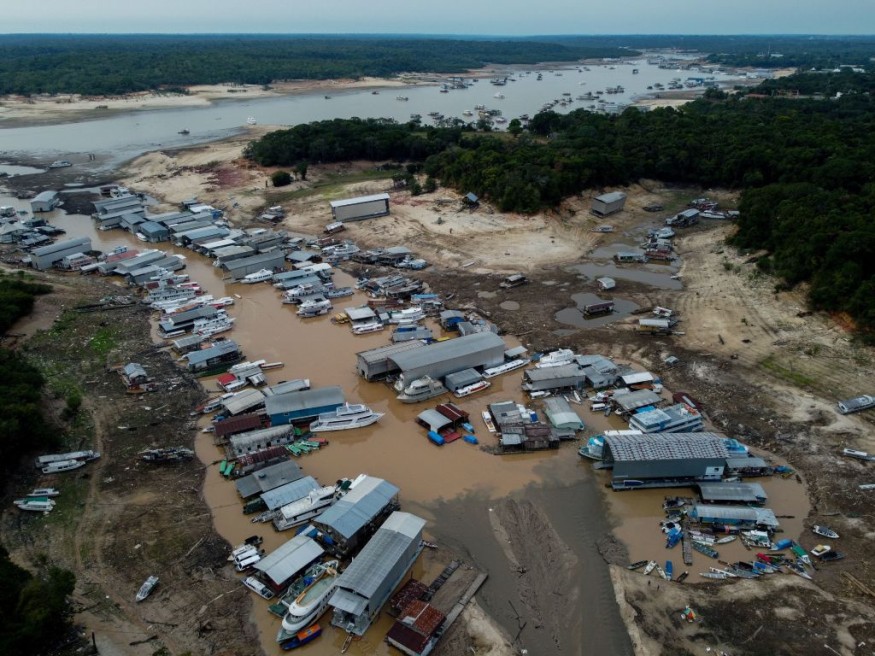Researchers discovered that regrowing forests in the Amazon are crucial for wildlife and biodiversity conservation amidst the problems of climate change.
Forests are home to many species, from land, and water to air. It provides a crucial habitat, protection and food sources. According to reports, about 1.6 billion people are dependent on forests for shelter, job security, water, fuel and oxygen.
In addition, forests also mitigate the effects of climate change and improve the air from harmful pollution. In coastal areas, forests protect communities and cities from extreme weather events.
However, climate change threatens world forests. The increasing temperatures have been the main concern, which affects wildlife. Forests have suffered from widespread threats, including the following:
- Arrival of invasive species and insects
- Wildfires
- Tree disease
- Illegal logging and land use conservation.
Amazon's Regrowing Forests: Why Does It Matter?

In the Amazon, forests have experienced widespread deforestation, causing habitat loss for many species. As a result, the recovery and regrowing of forests in the region is important.
In the new report, researchers found that secondary forests and regrowing can become helpful for the environment and human population. Researchers, from the University of British Columbia, Bangor University and Lancaster University, explained that secondary forests are crucial for biodiversity conservation and habitats.
Environmental Research Letters published the study. Researchers noted that secondary forests help the old-growth forest, serving as a buffer for 41.1% of old-growth edge forests.
Secondary forests can be helpful for forest vegetation and local communities. It is beneficial for the environment and provides essential livelihood for people.
Furthermore, forest restoration can mitigate the effects of global climate change. In the Amazon, effective forest rehabilitation will improve tree quality and resilience to the effects of rising temperatures and extreme weather events.
Amazon Forest Threats: How Does It Affect Trees And Plants
Amazon forests have experienced prolonged drought conditions and deforestation. The recent report highlighted that the lack of frameworks worsens the problem. Other threats are habitat degradation, wildfires and drought. Without urgent efforts, it can lead to biodiversity loss.
The forest in the Amazon is crucial for carbon storage. The devastating tree loss will significantly affect known and unknown species in the Amazon.
Furthermore, the Amazon forest has ecological importance. It is an important source of water and food for humans and wildlife. The beneficial carbon storage of the Amazon rainforest mitigates the effects of climate change.z
Recently, wildfires have been a pressing concern in the Amazon forest. Without urgent efforts, it could have a massive impact on animals and other species.
For more similar, don't forget to follow Nature World News
© 2025 NatureWorldNews.com All rights reserved. Do not reproduce without permission.





